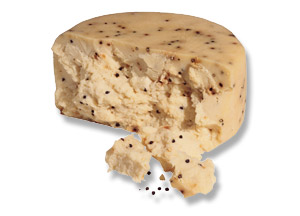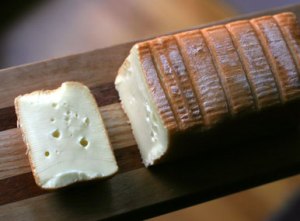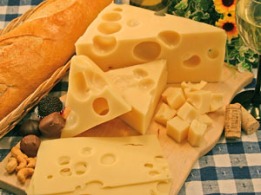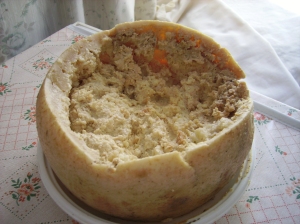Dear followers of Bucky Cheeses,
It has been an honor and a privilege writing for you this semester, through good and bad smelling cheeses, through international and domestic cheeses, through cow, goat, and rat cheeses we have expanded our pallets and minds. We hope we have entertained and informed you on all things cheesy. We encourage you to keep following the blog as it will be updated periodically when we run into anything cheesy. Please take a moment to look at our final video, and read some of our goodbyes!
Thanks for following! – Gary Gruyere (Jacob Ahrens-Balwit)
I’m so happy to be part of Bucky Cheeses because I learned so much about creating and maintaining a blog, and of course about cheese too! My favorite part was researching all the different cheesy things to write about. What I thought at first was an extremely narrow topic, turned out to be a topic with endless possibilities. I’ll be sure to post to the blog if I ever learn something new that I want to share! I also found it fun to keep a Facebook and Twitter page for our blog. Sharing the different posts was a good way to get our blog out there and keep people interested. I hope everyone has enjoyed Bucky Cheeses! – Mozzie Mozzarella (Grace Featherstone)
-Cheddarz (Morgan Wileman)
Bucky Cheeses was a great opportunity for me to truly realize that I love to write. This was my first semester here at UW-Madison, and Bucky Cheeses forced me to step out of my comfort zone and explore the campus. I visited different cheese stores around Madison, interviewed various people, and fell in love with the Cheese State. At first I found it difficult to incorporate both cheese and media fluency. However, I now recognize that we live in such a digital world that anything can be media fluent. There are so many aspects of cheese seen in the media world. Cheese politics, cheese in movies and songs, and cheese advertisements are a few we investigated. I love our blog, Bucky Cheeses, and I know I will continue to post because I know I will never stop having cheesy encounters in Wisconsin.
Swissy (Elle Chody)








